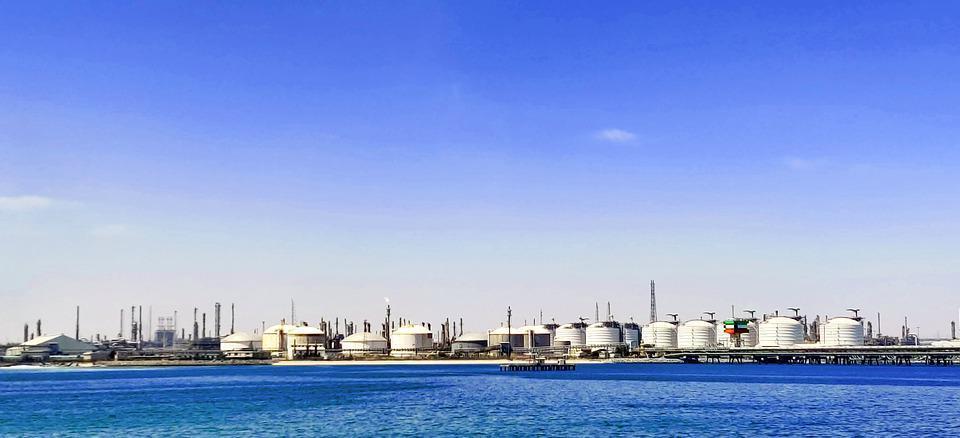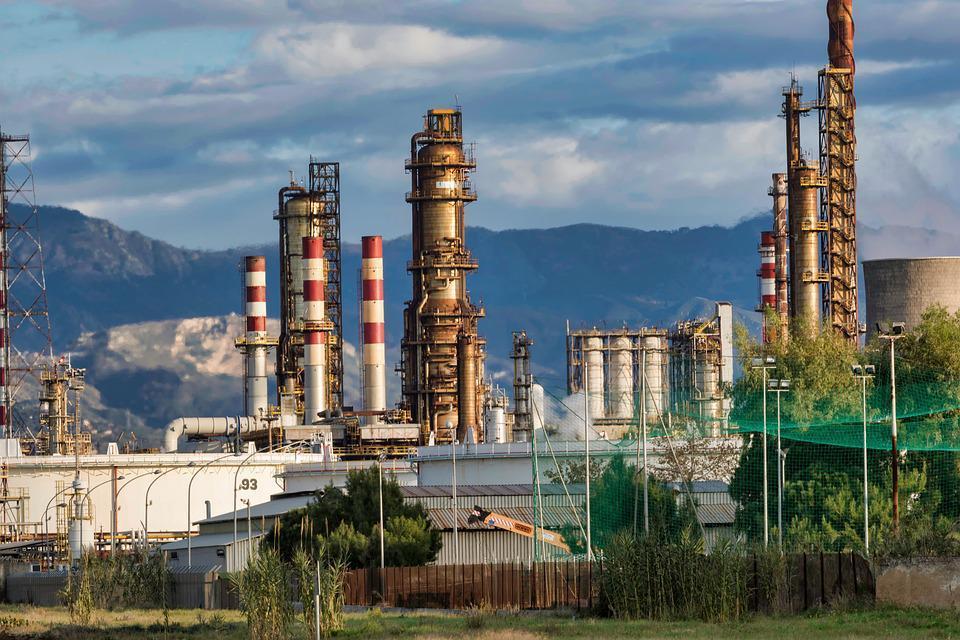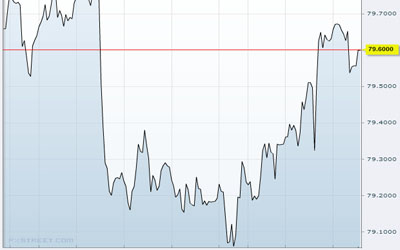The global economy currently consumes approximately 100 barrels of oil every day. That’s why the price of this commodity is important for how businesses – and even people – conduct their economic routines. Oil has been in the spotlight so far in 2022, mainly because of geopolitical reasons, and it seems that its value is on a roller coaster ride, currently dashing upwards. Does this mean that it is a good time to board this train? Let’s find out.
When it comes to such an important decision, a few specifics must be accounted for. factors like the imbalance between demand and supply, producers’ incentives to drill more, and government interventions via subsidies tax reduction can have a meaningful impact. Here are some things investors should take into account.
Brent and crude near the yearly highs
A few days ago (at the time of writing) crude oil topped $120 a barrel following a few signs that OPEC is planning on increasing production by a substantial amount in the very near future. Brent oil is also trading around $120, due to the fact that a lower supply from Russia pushed buyers to bid for the commodity in other places.
At the beginning of the COVID-19 pandemic, economic activity was practically shut down and as a result, oil prices fell off a cliff. Producers were forced to slice oil production, as there were no places to store the extra capacity. Once the economies reopened, however, the swift resumption of oil demand generated a massive demand/supply imbalance, according to experts at SquaredFinancial, one of the major retail brokerages in the online trading sector.
Supply constraints to persist
The prices of crude and Brent oil show little signs of abating, suggesting that there is still strong demand, coupled with sluggish supply growth. Thus far, OPEC sticks to a gradual output hike and as a global economic slowdown brims on the horizon, pumping more oil into the market right now might drive the price impulsively lower, reducing profit margins.
On top of the war in Ukraine, which has disrupted the commodities market as a whole, the transition towards renewables is another factor keeping oil prices high. Private investments in the energy sector have not favored fossil fuels and now policymakers are faced with difficult choices, in order to meet the growing demand for energy on a global scale, most of which can’t be dealt with using renewables.
Recession risks and demand moderation
Until the supply side of the equation manages to meet the demand side, policymakers will probably take measures to diminish demands. Central banks around the world are already tightening monetary policy by raising interest rates and by selling assets currently on their balance sheets. Governments, on the other hand, are forced to reduce fiscal spending, since the interest on the debt has increased substantially.
Those who trade online with SquaredFinancial have had the advantage of using the tools provided to comprehend these changes – an impulsive repricing of financial assets, in particular stocks and bonds. However, commodity prices, especially oil, show little sign of abating, suggesting demand destruction has not yet begun.
On one hand, that can mean oil prices will continue to rise, favoring buyers. At the same time, a change in the economic landscape might make market participants reassess their oil exposure, leading to a retracement in valuations. Buying for the long run at this point is not suited, but speculating in the short-term might be more appropriate.
Tradersdna is a leading digital and social media platform for traders and investors. Tradersdna offers premiere resources for trading and investing education, digital resources for personal finance, market analysis and free trading guides. More about TradersDNA Features: What Does It Take to Become an Aggressive Trader? | Everything You Need to Know About White Label Trading Software | Advantages of Automated Forex Trading












































